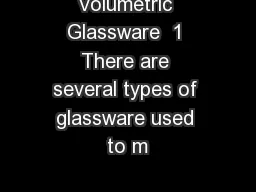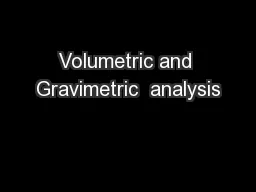PPT-Volumetric Analysis Practical Chemistry
Author : olivia | Published Date : 2024-01-03
2 nd Stage Medical Physics Dr Ibrahim Q Saeed MSc Sarah Assaf Bsc Kosari Y Ahmad Experiment No1 Preparation and standardization of 01N hydrochloric acid HCl
Presentation Embed Code
Download Presentation
Download Presentation The PPT/PDF document "Volumetric Analysis Practical Chemistry" is the property of its rightful owner. Permission is granted to download and print the materials on this website for personal, non-commercial use only, and to display it on your personal computer provided you do not modify the materials and that you retain all copyright notices contained in the materials. By downloading content from our website, you accept the terms of this agreement.
Volumetric Analysis Practical Chemistry: Transcript
Download Rules Of Document
"Volumetric Analysis Practical Chemistry"The content belongs to its owner. You may download and print it for personal use, without modification, and keep all copyright notices. By downloading, you agree to these terms.
Related Documents

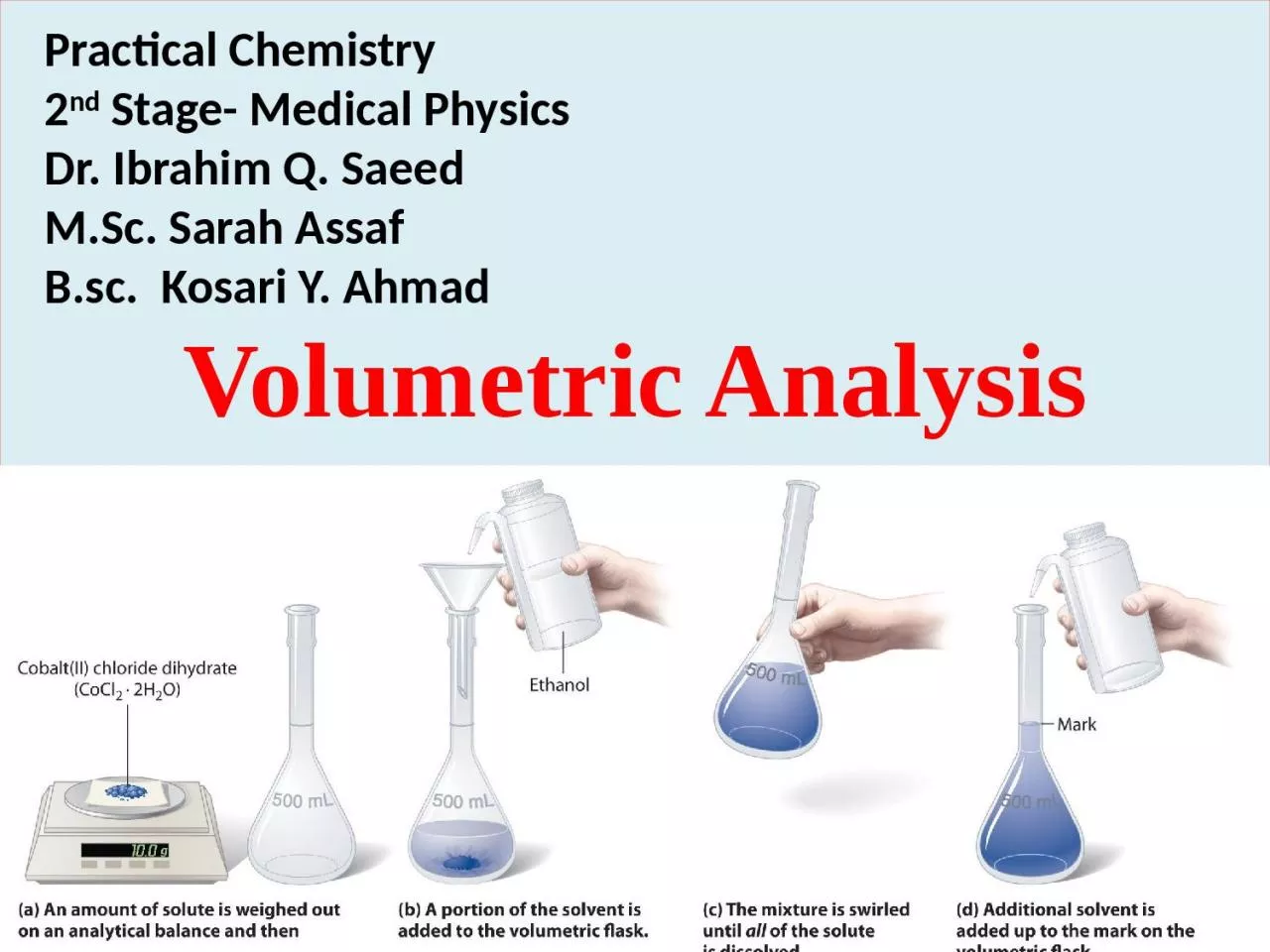
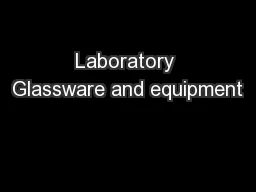
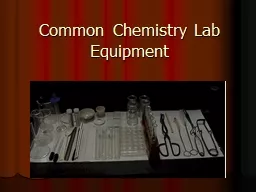
![BCH 312 [PRACTICAL]](https://thumbs.docslides.com/366594/bch-312-practical.jpg)

